Get In Touch
hello@untangld.co
Get In Touch
hello@untangld.co
Follow
|
LinkedIn

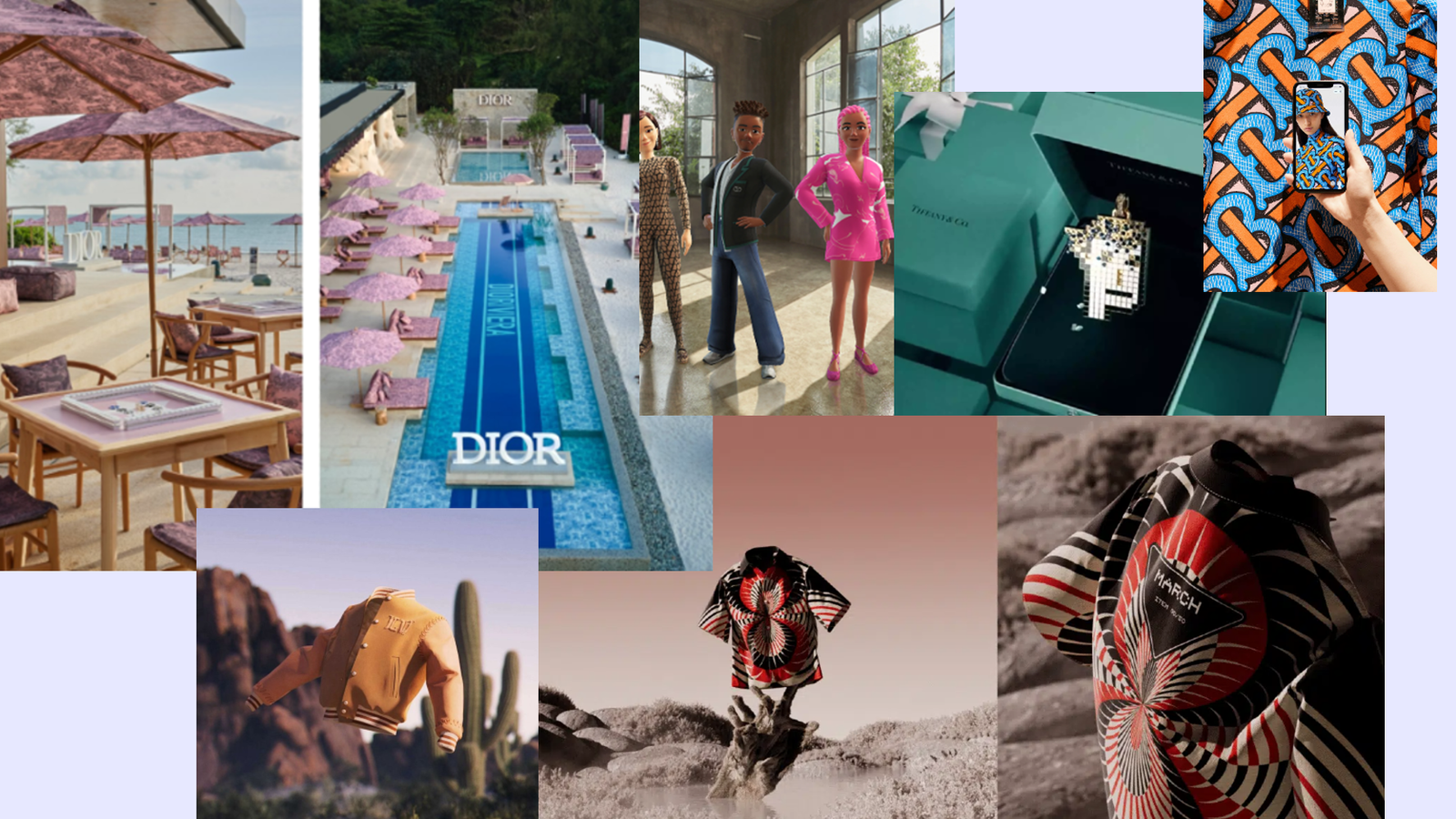

Fine wines, fashion, cars; luxury goods have intrinsic and functional value through the sheer brilliance of creativity, design ingenuity and the scarcity and quality of the materials used.
Of course, the product is the articulation of the artist’s aesthetic, but equally, so is the story of the craftsmanship that enabled it.
From Loewe x Paula’s Ibiza fruit bags featuring over 20,000 hand-appliqued beads, to Rolex watches taking over 12 months to make, this meticulous attention to detail by skilled artisans adds to the allure and prestige of the product.
We only have to cast our mind back to the Maison Margiela 2024 Artisanal Collection to see how strongly this idea still resonates today. John Galliano, a totally flawed and complicated man, accomplished a moment of monoculture cut though where he is heralded for his genius and celebrated for his embrace of the female form.
His ingenuity is the product.
The luxury item is simply there to allow us mere mortals a little taste of that genius.
To experience something truly rare and exceptional.
To feel a proximity to specialness that in turn makes us feel seen.
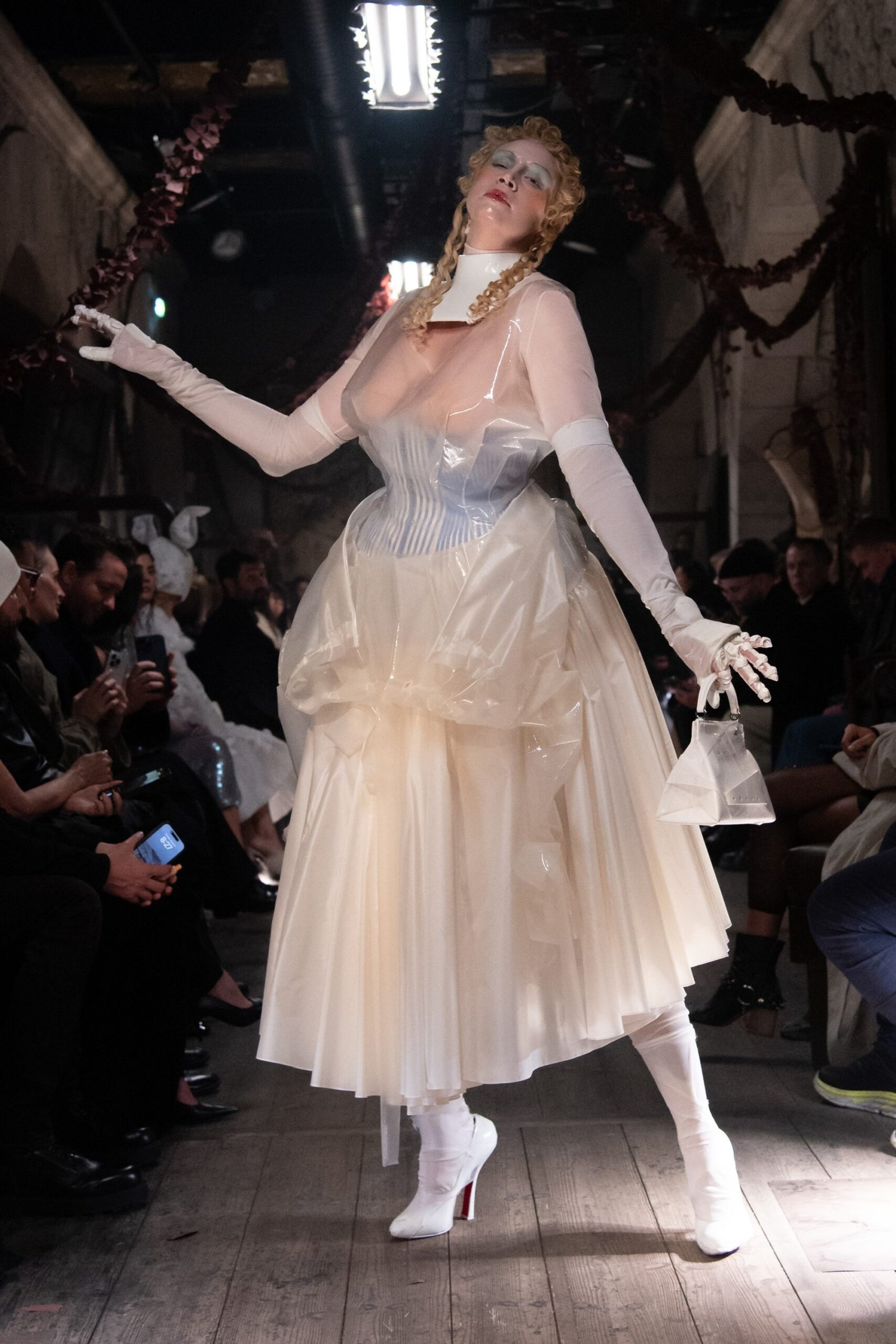
For the next generation of luxury buyers, being seen isn’t just about the physical world but also their digital personal expression.
These audiences are shaped by their digital upbringing. The result of the algorithmic echo chamber, and the rise of ideological identity means that for Gen Z in particular, they hold strong world views and expect brands to do the same. They are less preoccupied with status and exclusivity and instead see access, authenticity and greater self expression as meaningful drivers.
Gen Z and Gen Alpha’s constant connectivity exposes them to luxury lifestyles earlier, with Gen Alpha beginning luxury shopping at 15, compared to Gen Z’s at 18.
By 2030, the luxury market is predicted to expand to 500m customers, driven in part by the ballooning speeding power of these audiences.
Whilst the wealthiest 2% of the planet (who skew 45+) accounted for 40% of luxury spending last year, millennials through to gen alpha accounted for all growth in the sector. All of it.
Some traditionalists may scoff at the idea of targeting lower frequency luxury consumers, but it’s worth understanding that these emerging luxury brand shoppers account for a whopping 50% of the luxury brand market.
Nurturing these audiences, understanding and segmenting them by needs and adopting nuanced strategies will ensure the staying power of next generation luxury.
Owning a physical Chanel handbag may have been an achievement and status symbol for traditionalists, but with 60% of Gen Z saying they believe that the way they present online is more important than on their physical lives, digital identity and self-expression are imperatives.
—
Brands should be partnering and experimenting with future consumers in niche and culturally connected media environments.
Brands that establish genuine partnerships with consumers and offer immersive experiences across innovative platforms—like secondary markets, Web-3, and subscriptions—will gain the most insights into these valuable audiences.
They’ll also have a deeper understanding of customer needs.
Digital self-expression should strive for the same level of craft and design ingenuity in creating a coded digital twin, as the original physical Chanel handbag. This will require investment in new wave design expertise and extension of the creative canvas.
Secondary markets will become increasingly important and should be a key part of customer strategy.
With TikTok Shop now allowing listings up to £4000 through partnering with 5 luxury resellers- Luxe Collective, Sellier Knightsbridge, Sign of the Times, Hardly Ever Worn It and Break Archive- luxury brands will be pushed out of important conversation around sustainability and circularity.
Rather than marketing a product, or a singular brand narrative, luxury brands should be creating accessible pathways for that individual to meaningfully participate in that brand story. Creating a multifaceted brand web with different sticking points: entertainment, experiences, gateway products, with one objective in mind: to nurture and learn more about the individual’s preferences.
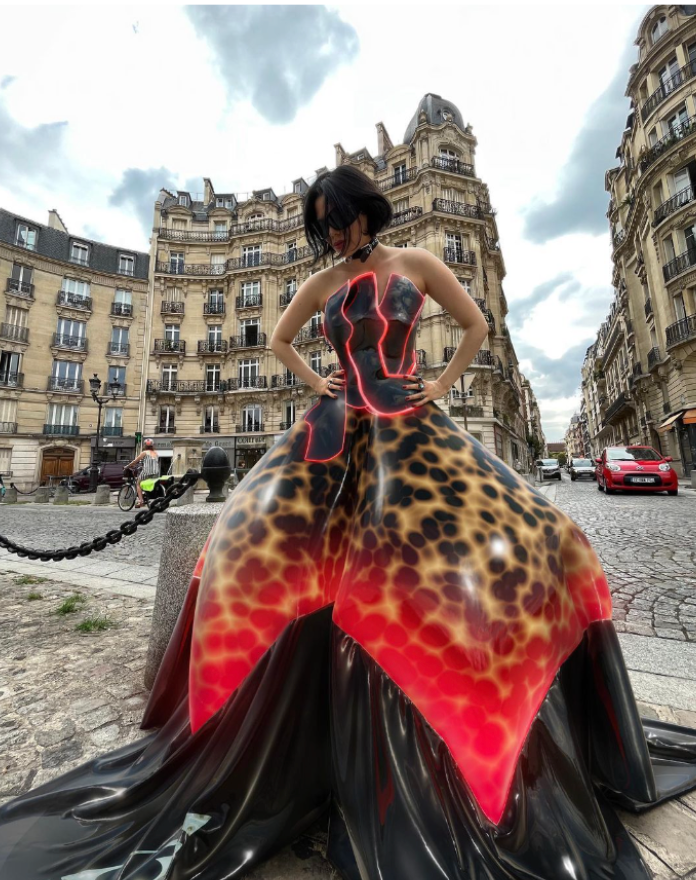
In a sentence:
Digital craft is as valuable as physical craft. The makers of today value digital craft, from coding, to 3D modelling to prompt engineering, just as much as pattern making and needlework.
Why it matters:
Tell me more:
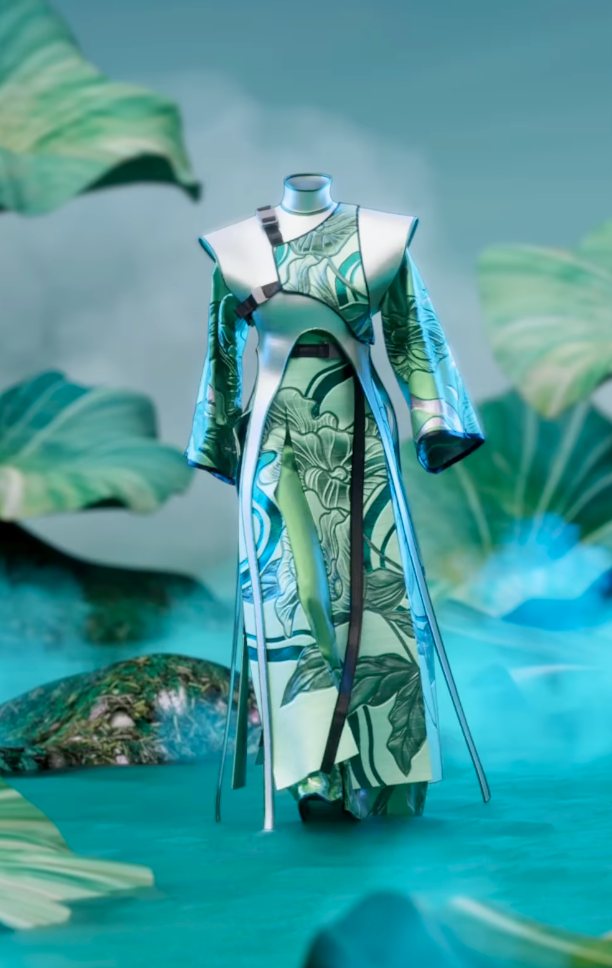
In a sentence:
Incorporating digital technology to track the provenance, ownership, and history of an item and its composite parts.
Why it matters:
Tell me more:

Luxury brands never sell, rather they inspire us to buy through imaginative storytelling about the origin, ingenuity and rarity of the goods creation. Alongside ownership, digitising provenance stories concerned with process and supply chain allows increasingly discerning customers to better understand the brand’s story, especially when delivered through immersive experiences.

In a sentence:
Reaching beyond traditional owned sales and marketing channels to increase discoverability and create engagement.
Why it matters:
Tell me more:

In a sentence:
Luxury brands are expanding their capacity for world class storytelling through entering the entertainment space. This is less about advertising, and more about compelling content.
Why it matters:
Tell me more:

Now more than ever, there needs to be a shift from thinking tactically about quick wins, to investing in the future and how to better serve new audiences. The reality is that an audacious and expanded creative vision will take time to execute, and new craft isn’t developed overnight. It requires a clear strategic vision, and a culture of bold brand world building.
There is an explosion of new age creative talent, with less barriers to enter than ever before. They are redefining how we create, access and authenticate our image. If luxury brands- who’s value is defined by their creative IP- don’t embrace these new drivers and new tech environments, they risk becoming left behind as demand grows.
—
Even for old timer millennials like me, there is value in experimenting and connecting web-2 and elements of web-3 in an effort to expand the creative canvas.
Let’s return to my beloved Juicy Couture tracksuit.
Supreme wearer of velour, Uggs and tiaras, Paris Hilton, created ‘Slivingland – a Roblox hotel game and scavenger hunt that unlocks rewards and experiences. ‘Slivingland is a creative way to promote what could have otherwise been just-another-hotel-rewards-programme. Through integrating Hilton Honours with this pink avatar filled world, it feels more expansive and engaging.
And no, I’m not going to fork out £250 to live out a childhood dream.
Well at least not IRL.
but who knows… perhaps digitally ‘On-Real-Life’ I will.

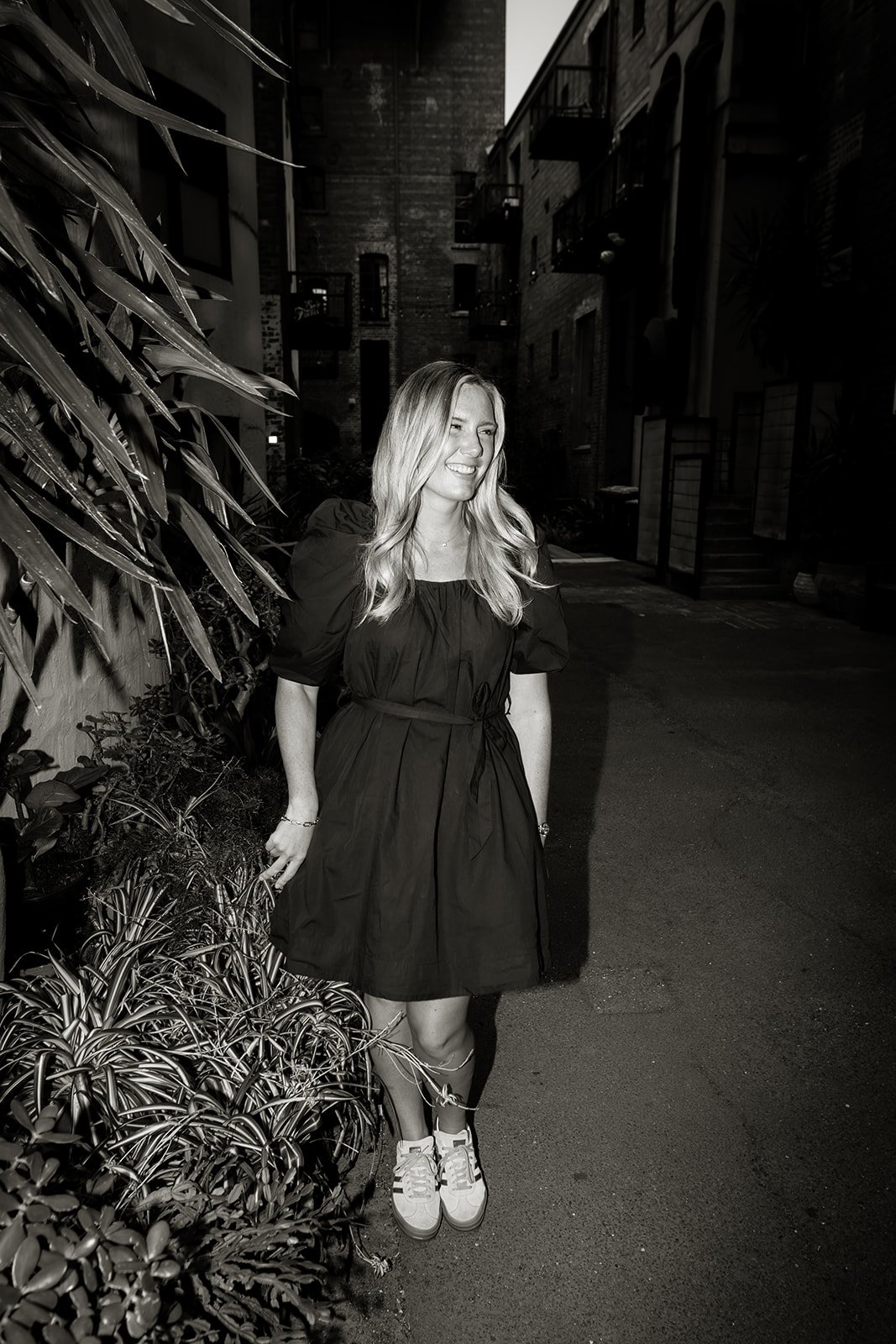
→ Emily Gray brings extensive knowledge from her combined agency, client, and startup background, having worked with brands such as Diageo, Bank of New York, Vanguard, ANZ, SchweppesAsahi and O2. She specialises in connecting creativity and commercial outcomes and is a trusted advisor to both CMOs and CXOs alike.
